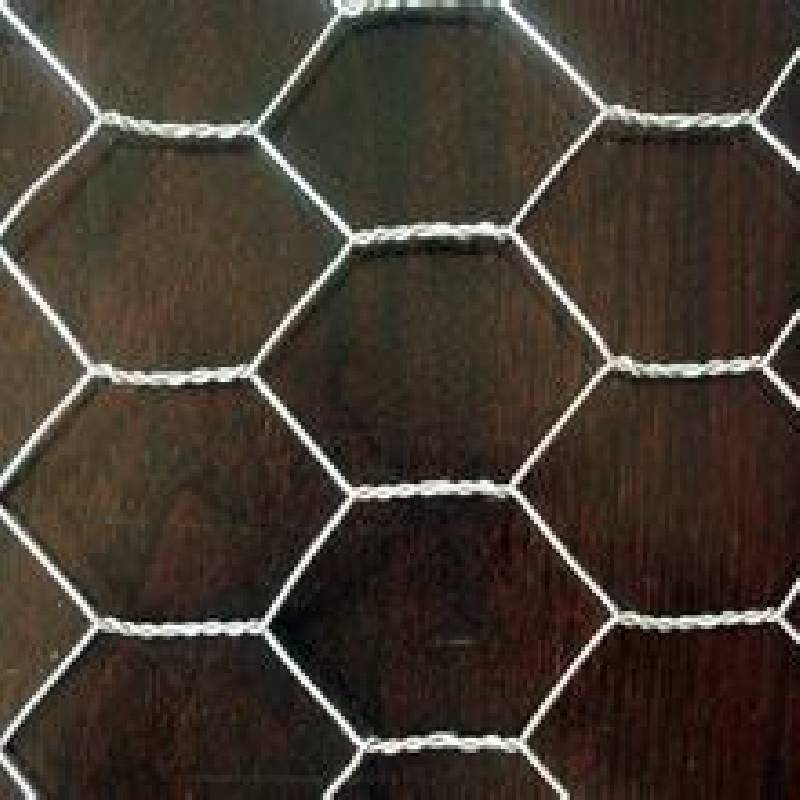
- Mobile Phone
- +8613931874955
- sales@cntcmetal.com
types of floral wire
Types of Floral Wire A Guide for Floral Arranging
Floral wire is an essential tool for many floral designers and hobbyists alike. It serves a variety of purposes, from providing support to arranging flowers in a desired style to creating intricate floral designs. Understanding the different types of floral wire can help you choose the right one for your project, ensuring that your arrangements not only look beautiful but also maintain their structural integrity.
1. Gauge and Material
Floral wire comes in different gauges, which determine the thickness of the wire. The lower the gauge number, the thicker the wire. Typically, floral wire ranges from 12 to 34 gauge, with 12 being the thickest and 34 being the finest. Thicker wires, such as 12 to 20 gauge, are often used for heavier flowers and for creating frameworks for arrangements, whereas thinner wires (22 to 34 gauge) are ideal for delicate blooms and intricate detailing.
The wire is also made from various materials, including copper, aluminum, and stainless steel. Copper wire is malleable and easy to twist, making it a favorite among florists for its versatility. Aluminum wire is lightweight and comes in a range of colors, allowing for decorative options. Stainless steel wire is stronger and more durable, suited for outdoor arrangements or larger structures.
2
. Types of Floral Wire- Bind Wire This type of wire is often used for binding stems together or securing floral foam within containers. It is usually coated to prevent rusting and is available in various colors to match floral arrangements.
- Floral Tape Wire Generally used in conjunction with floral tape, this wire is thinner and comes in a colored or green option to blend seamlessly with stems. It provides added support for fragile flowers.
types of floral wire

- Sturdy Wire Sturdy wire works well for creating artificial arrangements or for situations where structural integrity is crucial. This type of wire can hold heavy blooms and is often used for making wreaths or large displays.
- Flower Pick Wire This wire is designed for easily inserting stems into arrangements or securing blooms without the need for extensive handling. It makes the process of arranging flowers much easier, especially for beginners.
3. Choosing the Right Wire
When selecting floral wire, consider the project at hand. For lighter, more delicate flowers like daisies or baby’s breath, opt for a higher gauge wire (22 to 34). For heavier flowers like hydrangeas or sunflowers, thicker wire (12 to 20) will provide the necessary support. If you’re creating a bouquet or an arrangement that requires binding, bind wire is the best option.
Additionally, think about the color and material of the wire. If you are working with a specific color palette, opt for colored wire. For outdoor arrangements, stainless steel or aluminum wire will hold up better against the elements.
Conclusion
Floral wire is a versatile tool that can enhance your floral arranging skills. By understanding the various types, gauges, and materials available, you can choose the right wire for every project, ensuring both beauty and durability in your floral designs. Whether you're making a simple bouquet or a complex arrangement, the right floral wire can make all the difference in the final product. Happy arranging!
share:
-
Your Source for Concrete Wall Ties and Masonry AccessoriesNewsJul.10,2025
-
Unlocking the Power of Iron Wire for Every ProjectNewsJul.10,2025
-
Explore Advanced Chain Wire and Stainless Steel Mesh FencingNewsJul.10,2025
-
Discover the Benefits of Annealed Wire ProductsNewsJul.10,2025
-
Discover China Stainless Steel Wire Mesh SolutionsNewsJul.10,2025
-
Build with Confidence Using High-Performance Masonry AccessoriesNewsJul.10,2025
-
Why Sacrificial Formwork Is Redefining Underground ConstructionNewsJun.06,2025



















